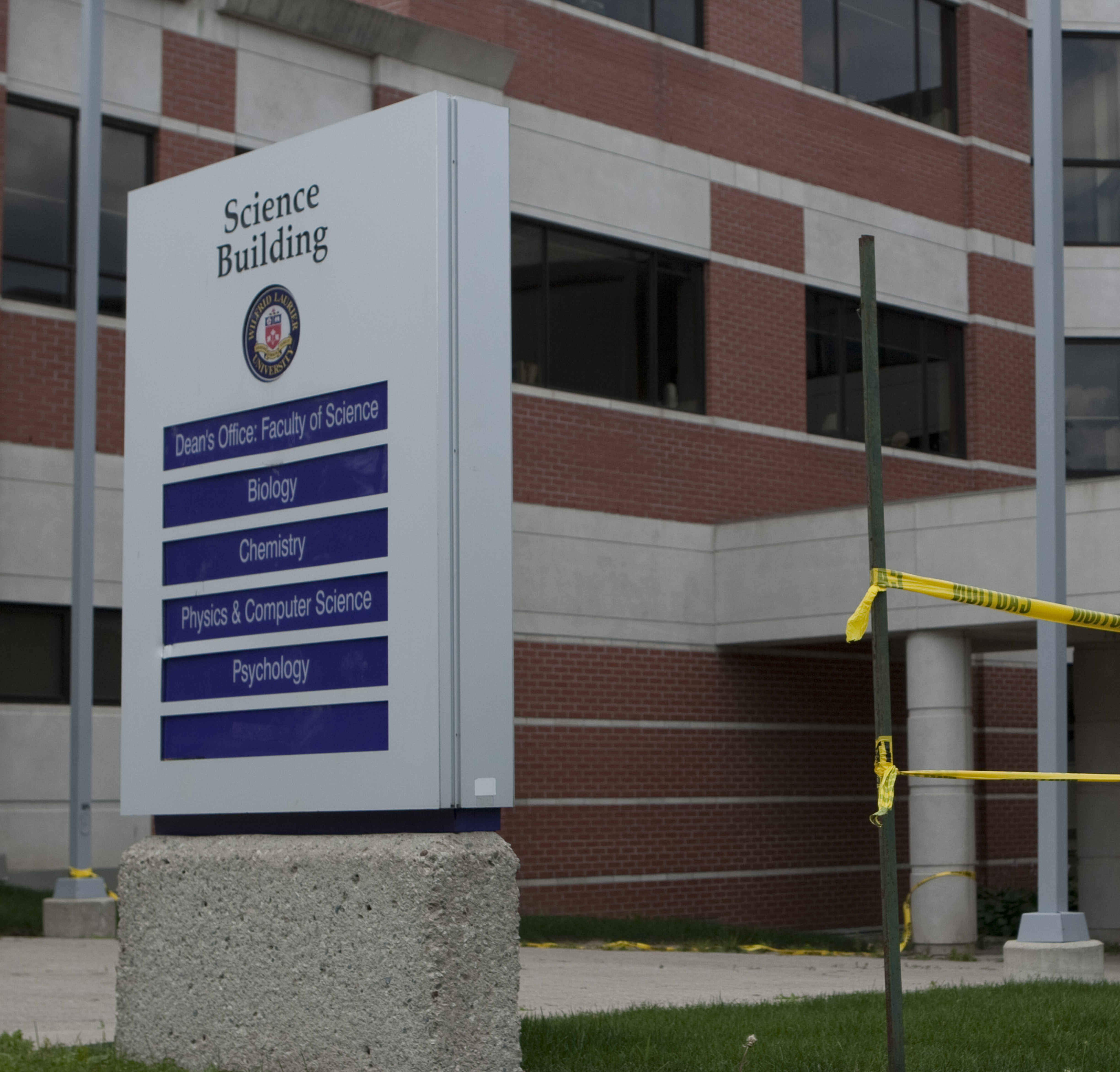SSHRC funding helps revitalize Laurier’s ‘NatureWatch’

With the help of various colleagues throughout Canada, Robert McLeman has set out to pursue a new, innovative way to look at nature.
McLeman, an associate professor in Wilfrid Laurier University’s department of geography and environmental studies, will receive $199,000 over two years to lead a project called ‘NatureWatch 2.0: reconnecting Canadians with nature in a digital age.’
The funding was announced on May 31 and comes from the Social Sciences and Humanities Research Council of Canada (SSHRC) to support the advancements needed to fulfill the program. ‘NatureWatch’ was initially introduced in the late 1990s, but with advancing technology, the original program no longer kept up with the current age.
“[An] environmental NGO called Nature Canada and the government of Canada set up a website called ‘NatureWatch.’ And it was pretty innovative for the time,” McLeman said. “The idea was they would get ordinary citizens to participate in collecting data about different types of environmental things.”
However, after a few years, the government stopped funding the project and the website was left without any use.
“So, my colleagues and I on the project team, which includes people from the David Suzuki foundation and Nature Canada, and a few colleagues at the University of Ottawa said, ‘hey, we can do a lot of nifty things now because technology has progressed so far.’”
The project will involve two steps, which include the process of revitalizing the website and developing an smartphone app that can be used while people are away from their computers.
“Say you’re riding through Waterloo Park and you see a frog. You can do it right from your smartphone and pull up a picture of the frog and tap the picture, and the smartphone will send the data immediately to our server,” McLeman said.
The program is going to try to revisit the support surrounding “citizen science initiatives” by using technology as its infrastructure.
In terms of Laurier, McLeman said that he wants to bring this initiative into the programming of WLU’s environmental science faculty.
“We want to get students here involved in it, both graduate and undergraduate students, and hopefully encourage some WLU students to become ambassadors for the program,” he said.
McLeman believes that ‘NatureWatch 2.0’ can become a sort of “Facebook for Canadians who are really keen on nature.”
“Like I said, the website consists of just a few simple modules,” he said. “What I’d like it to do for the long run is … you can use the website and we will have freeware available on it, so you can create your own monitoring program, and that you and people who are interested in the same things can create your own science monitoring program.”


